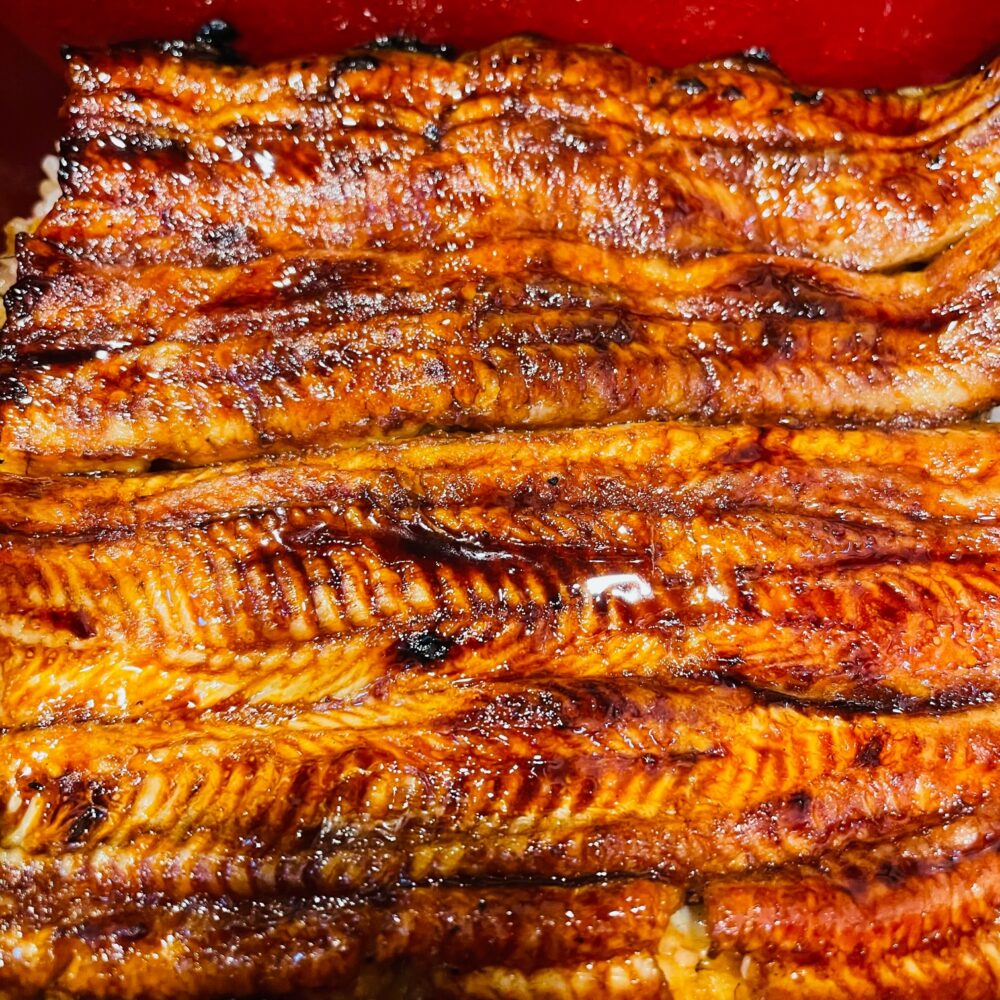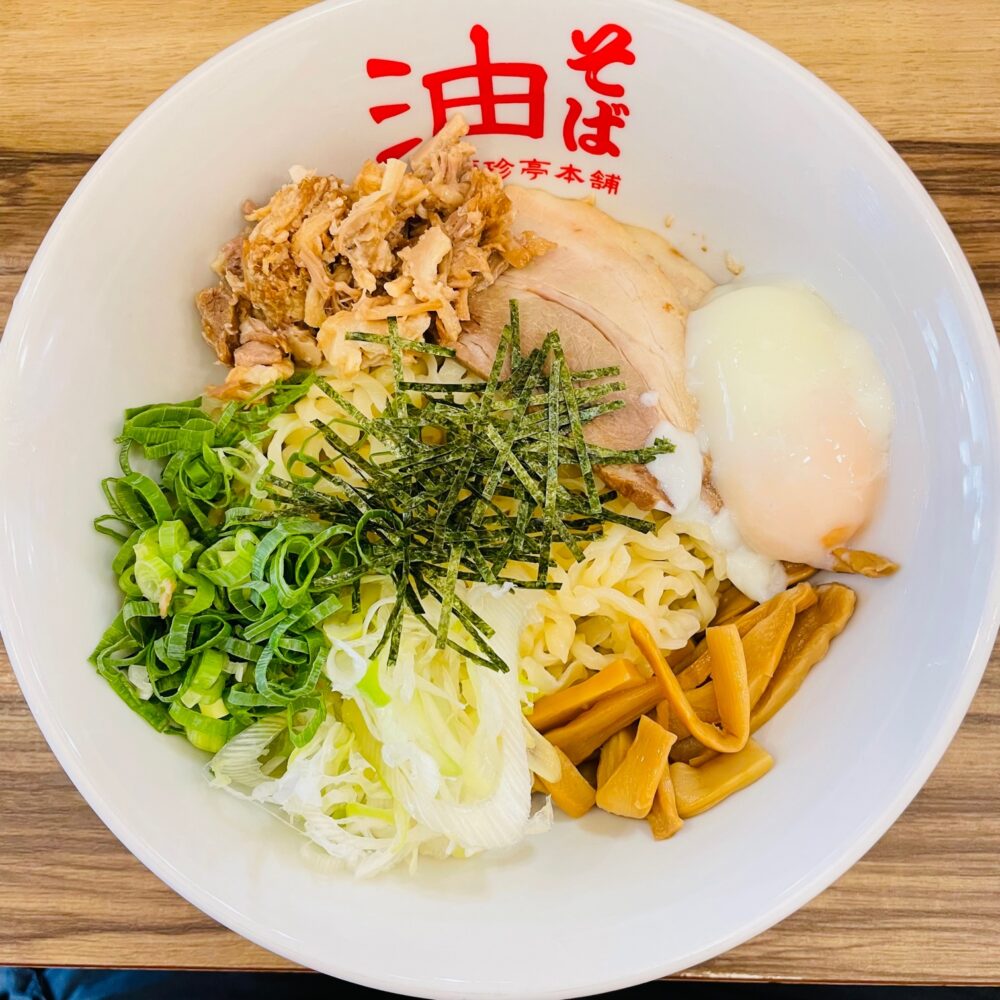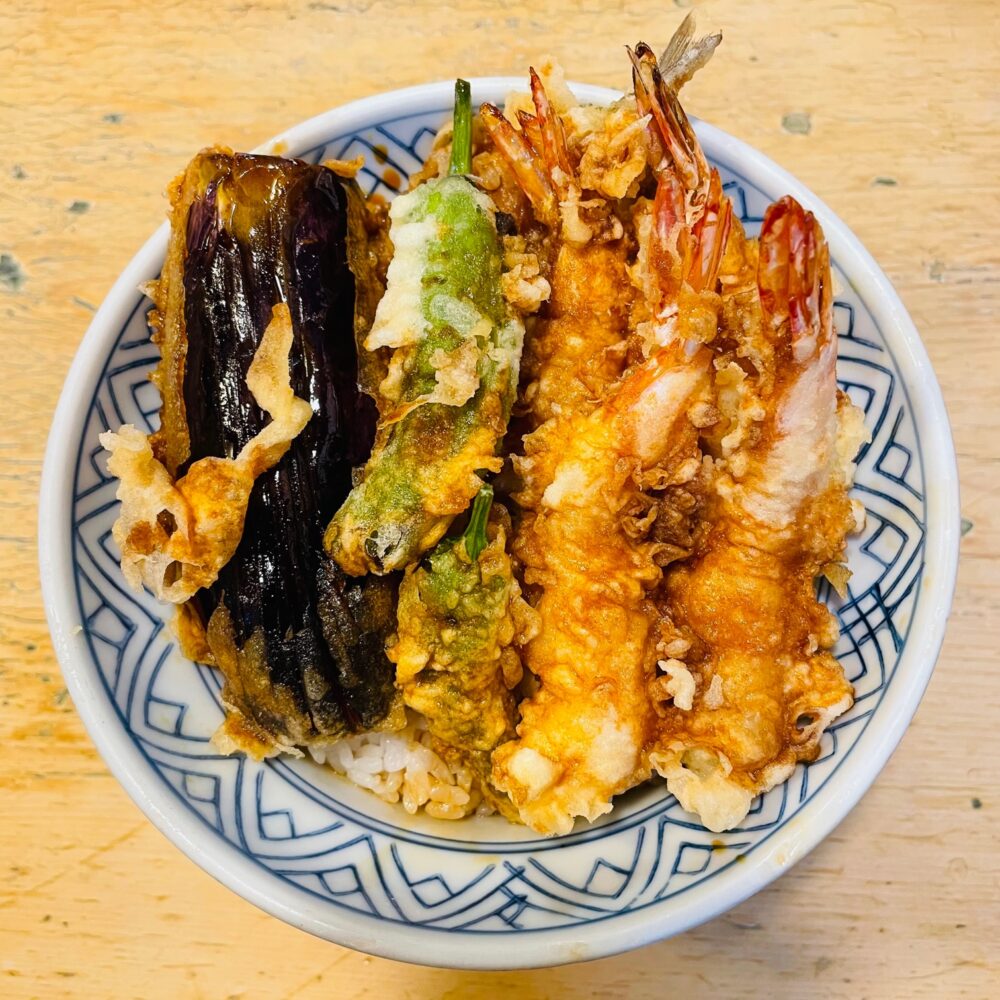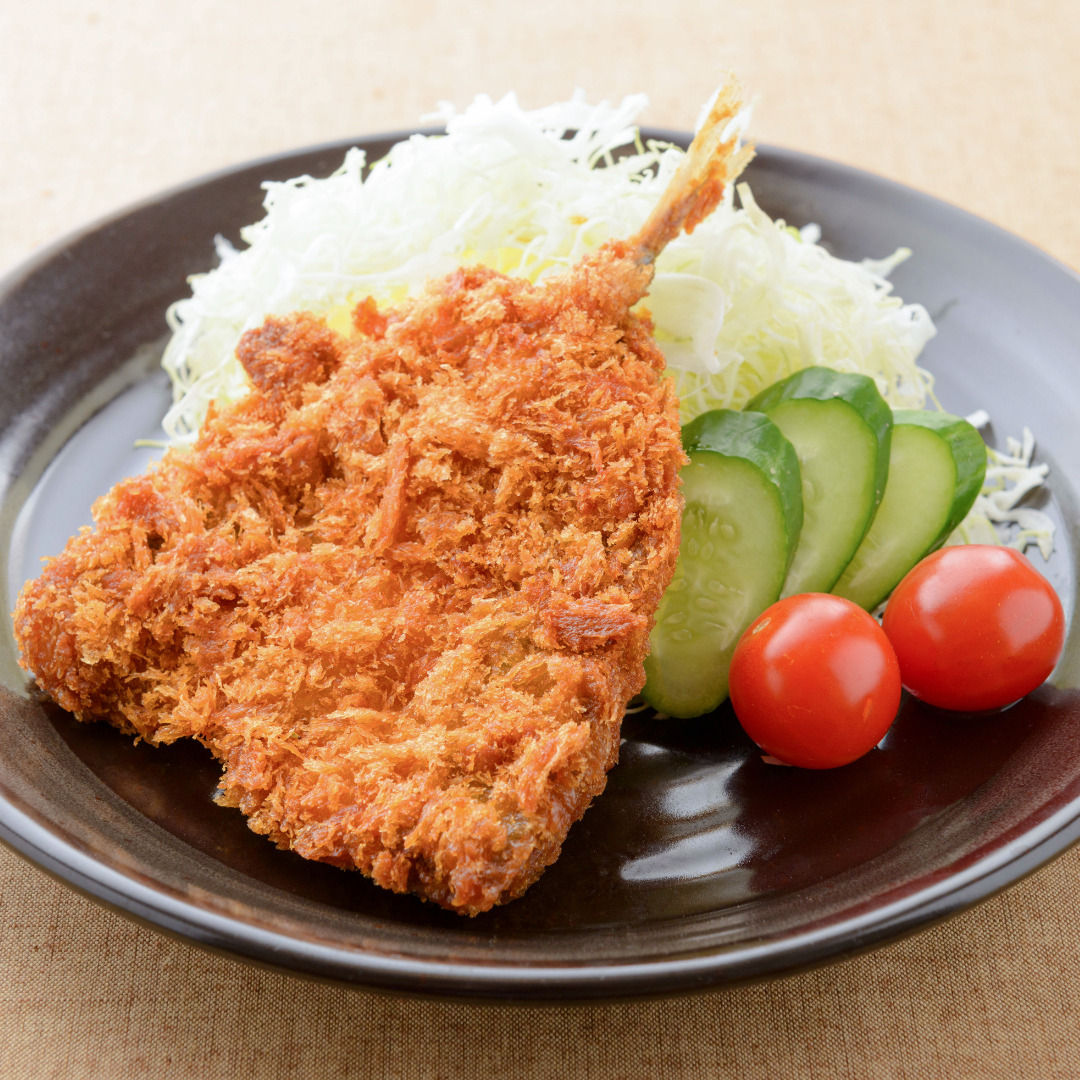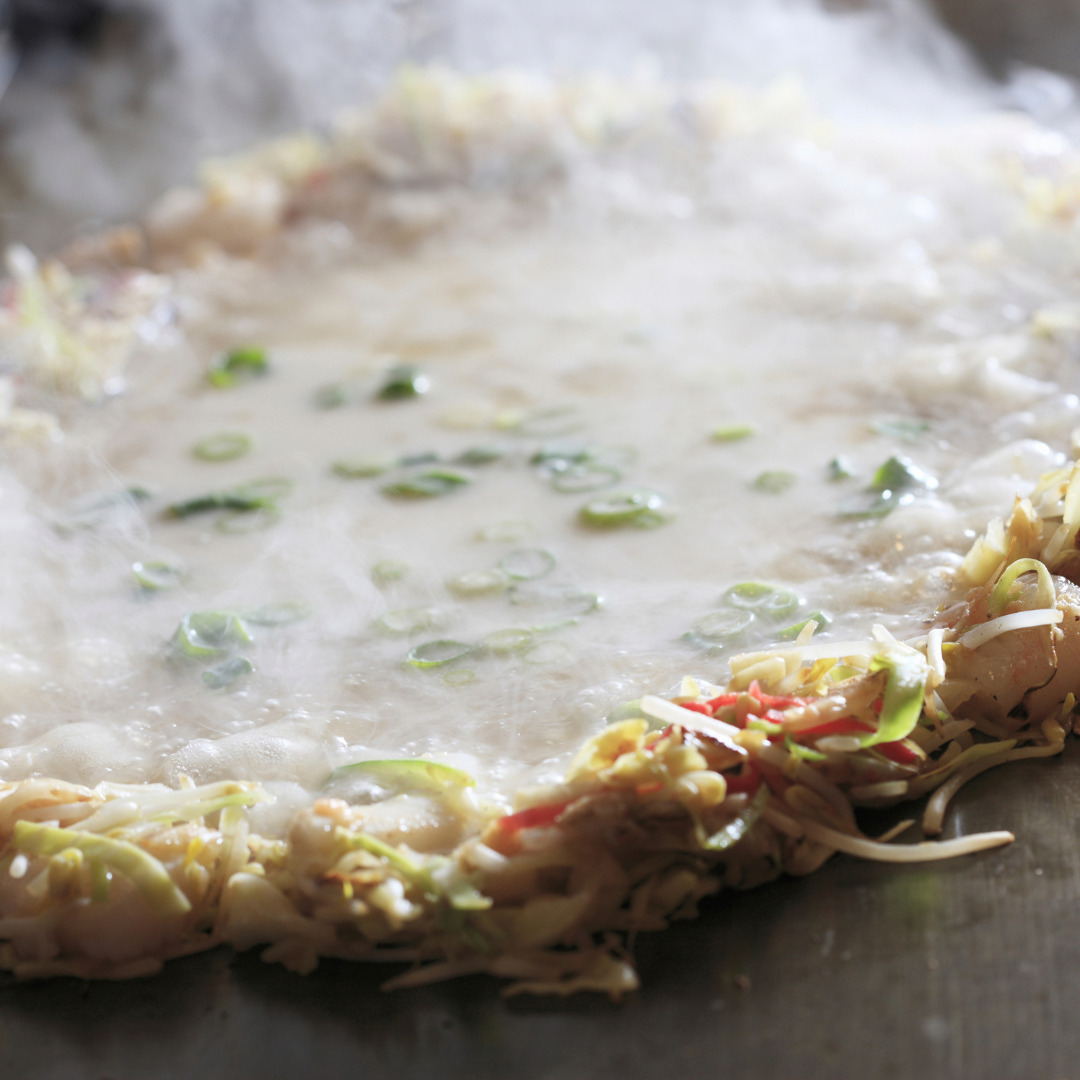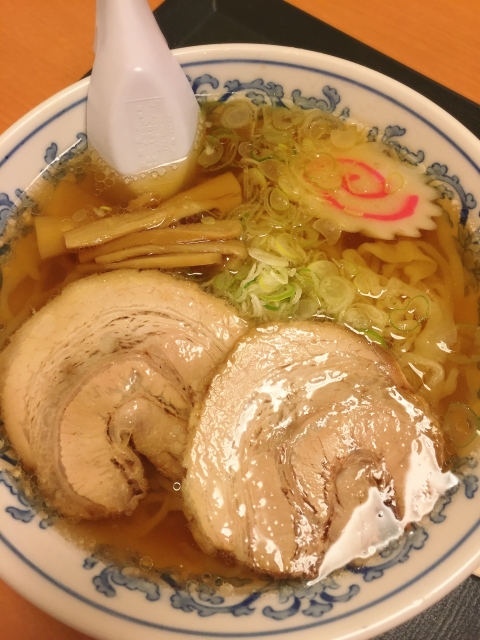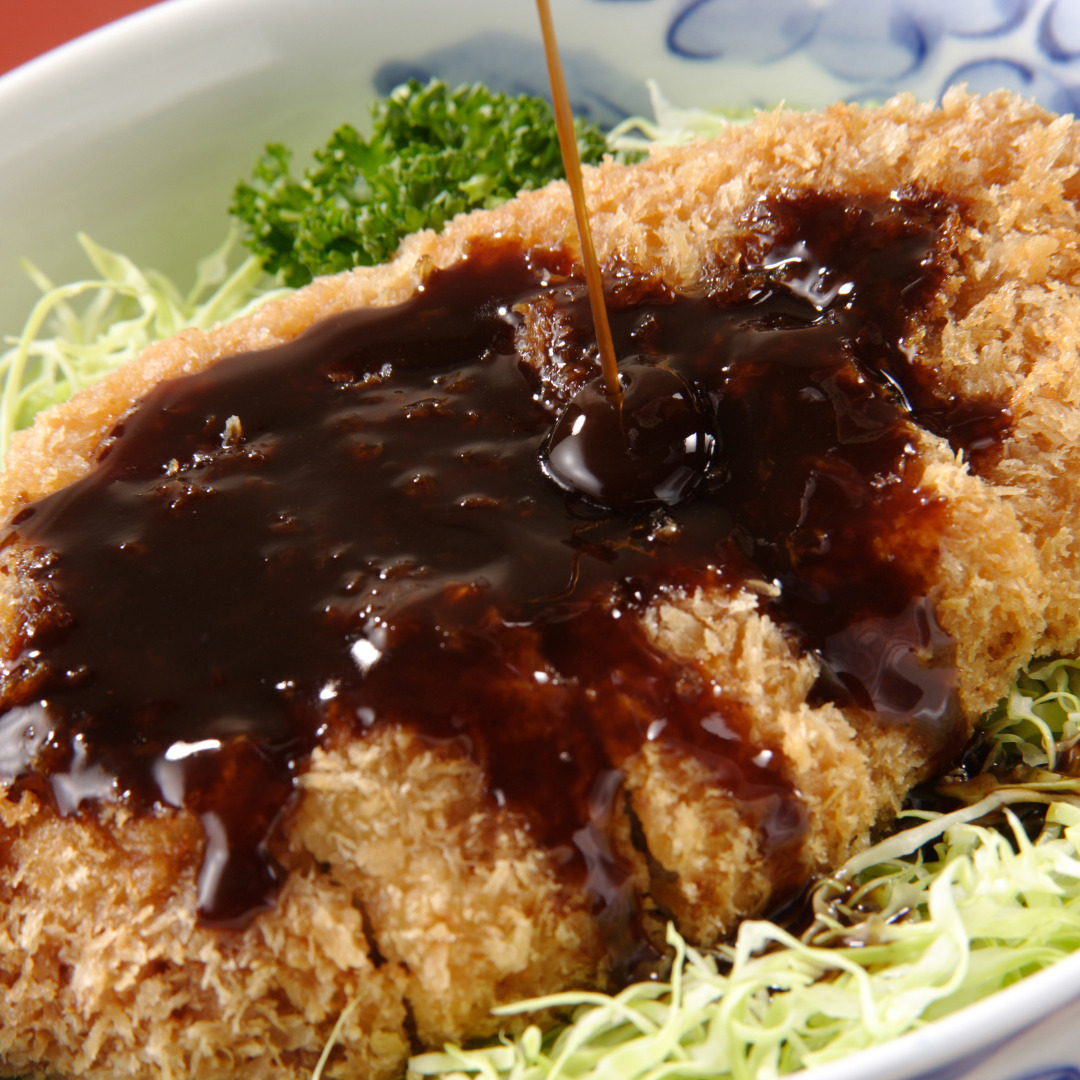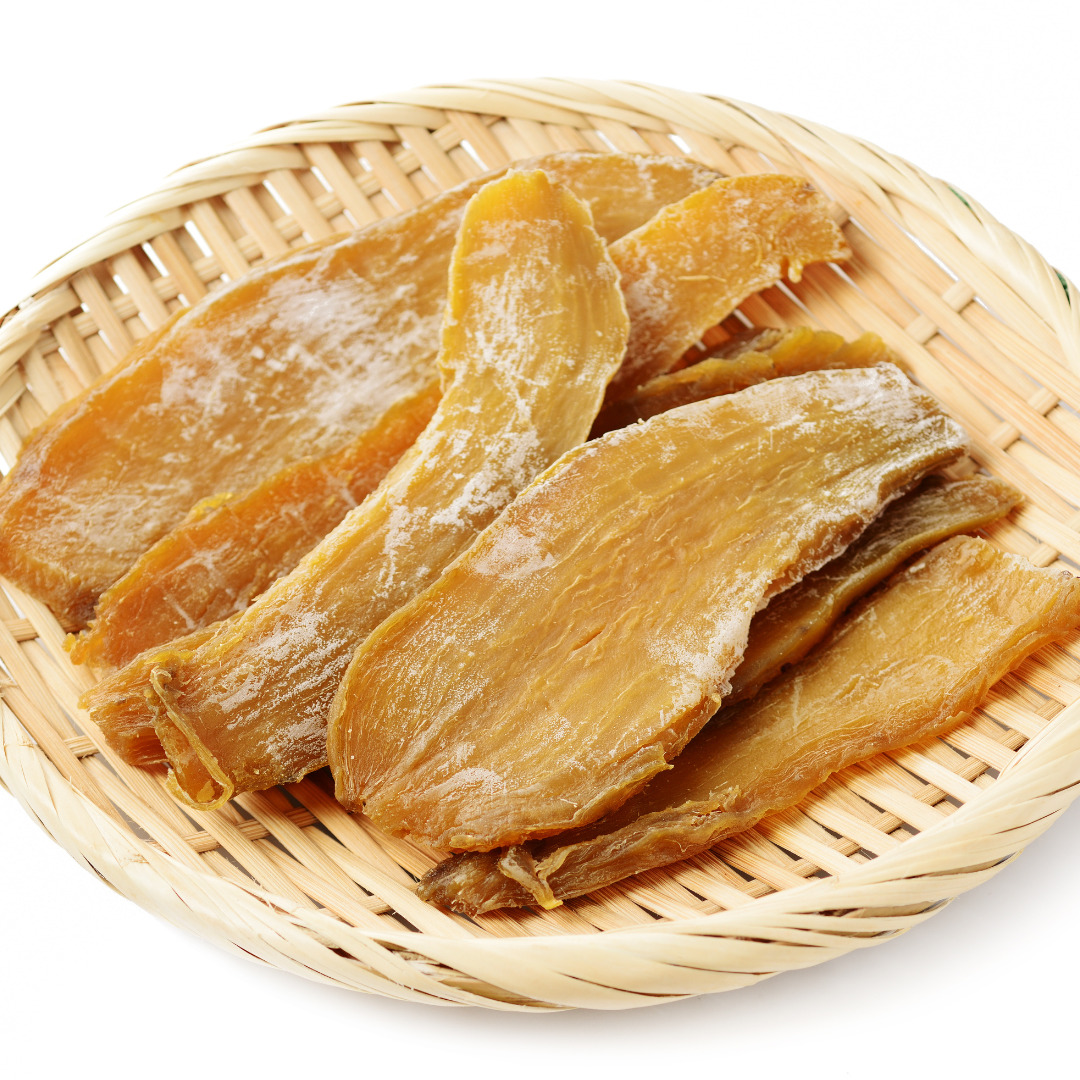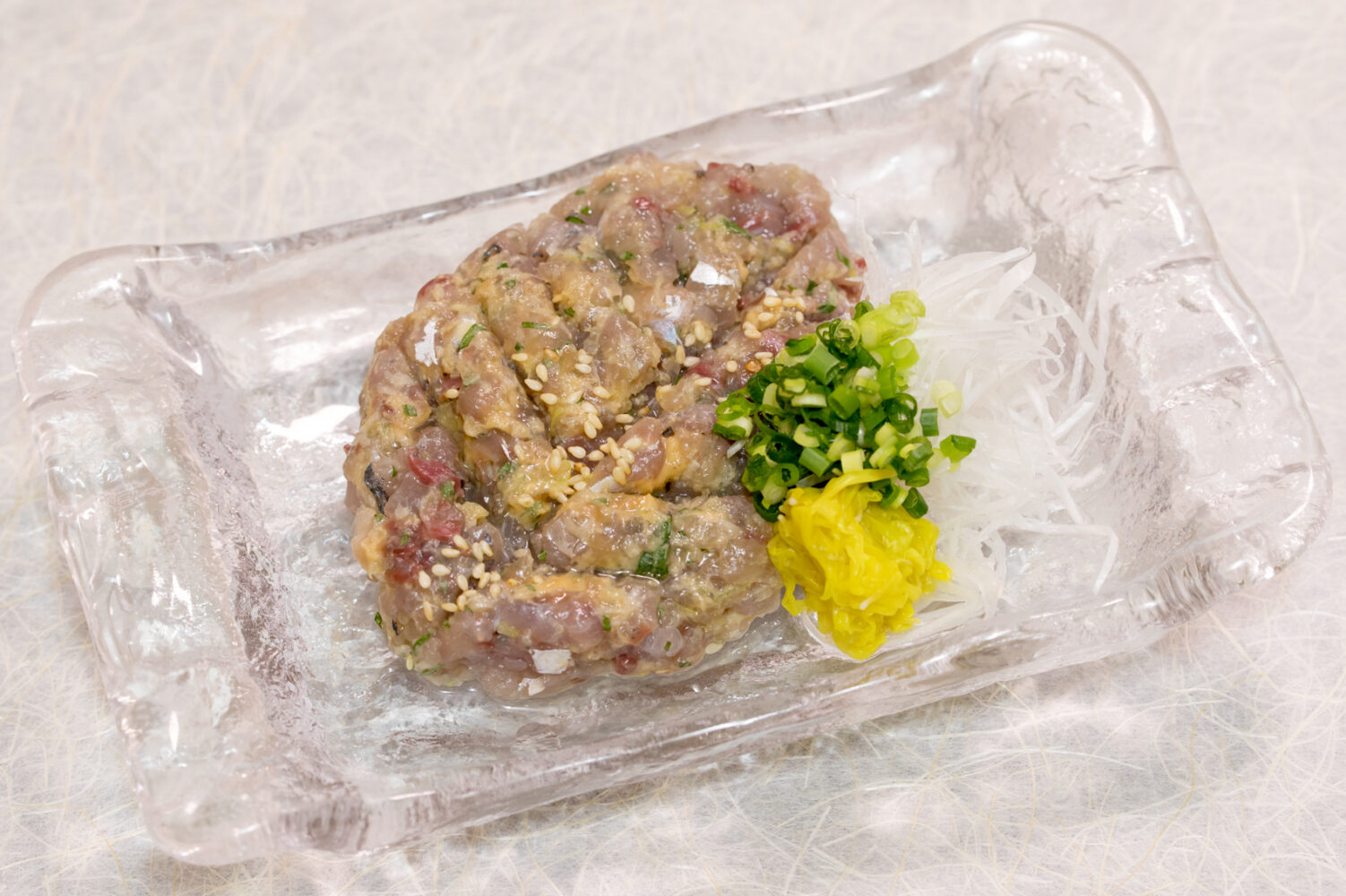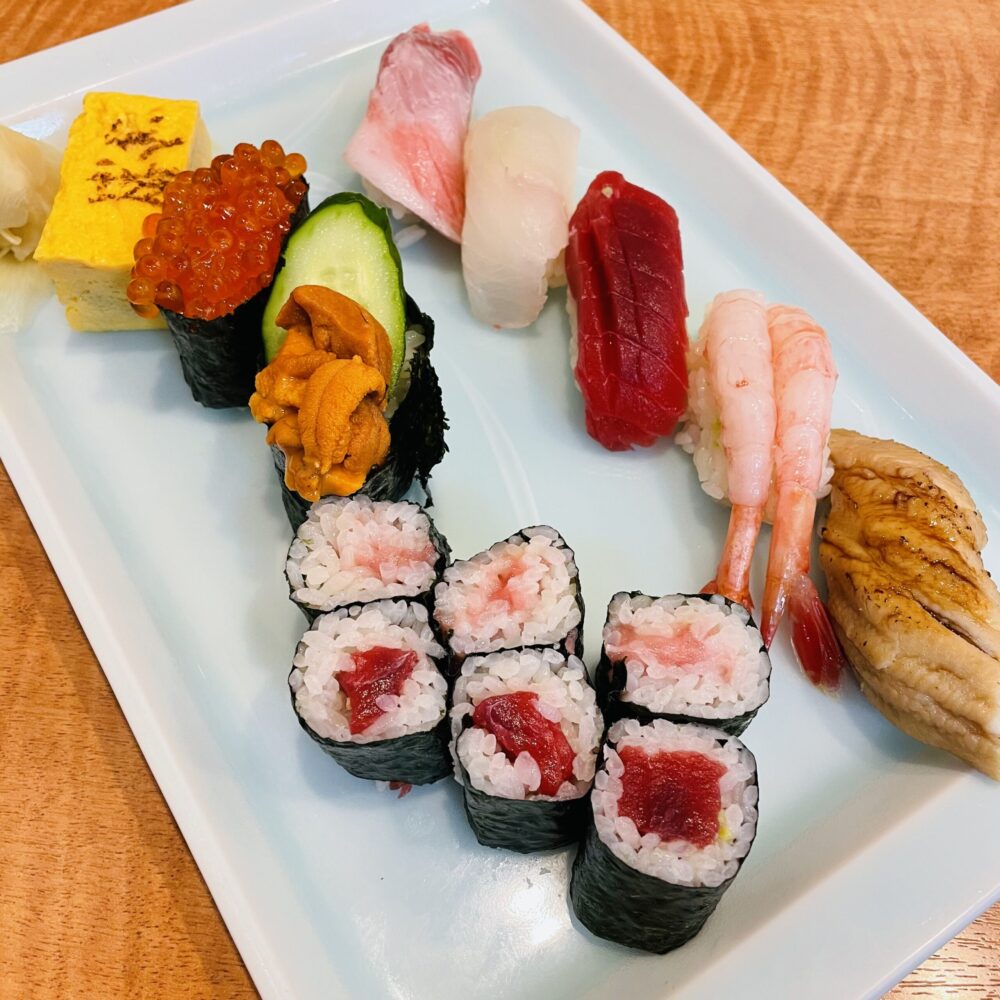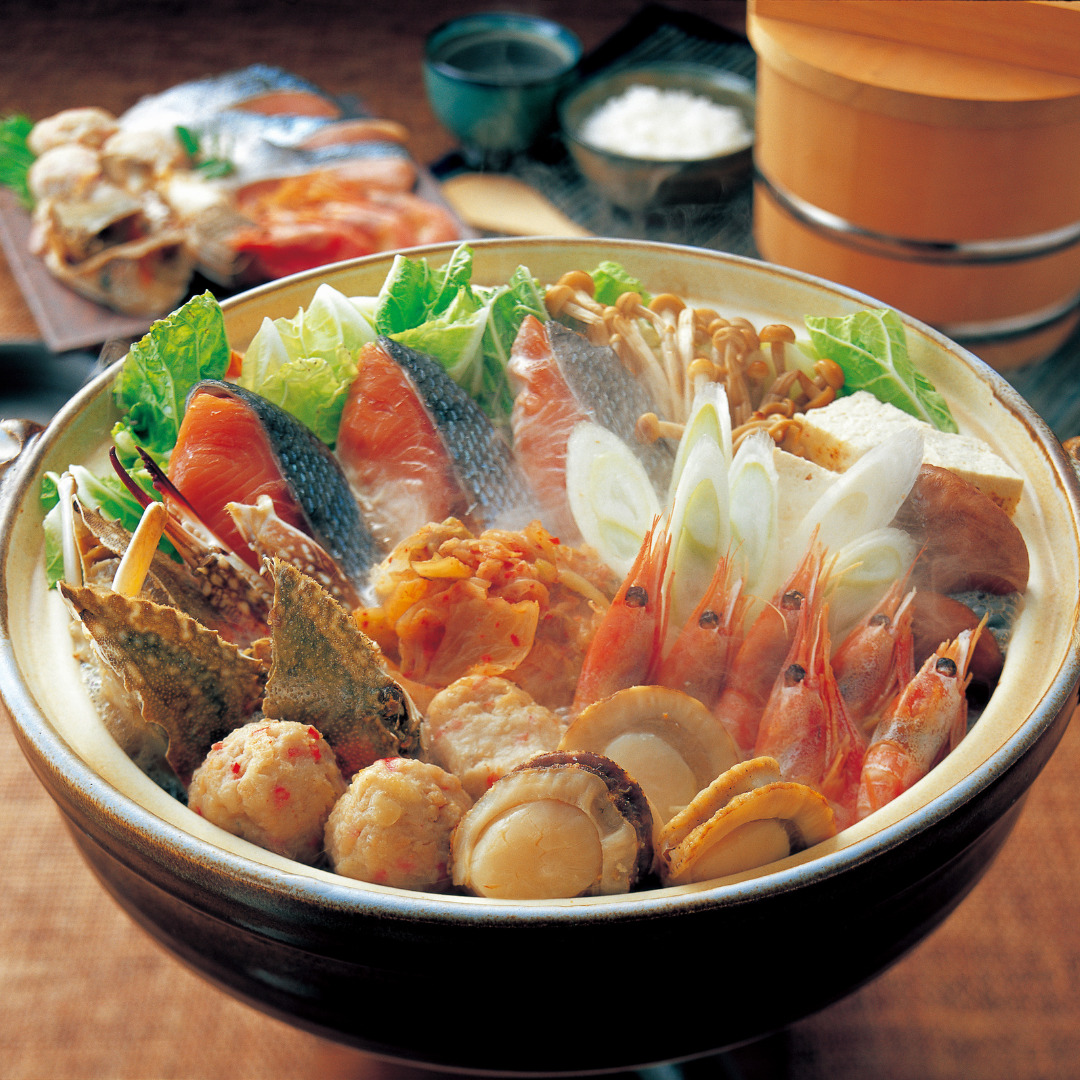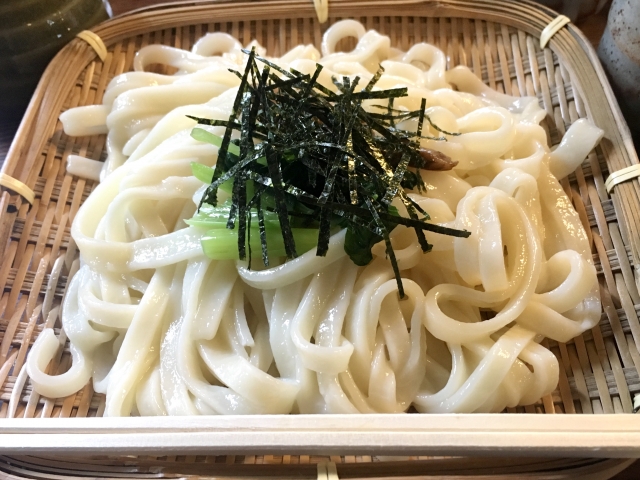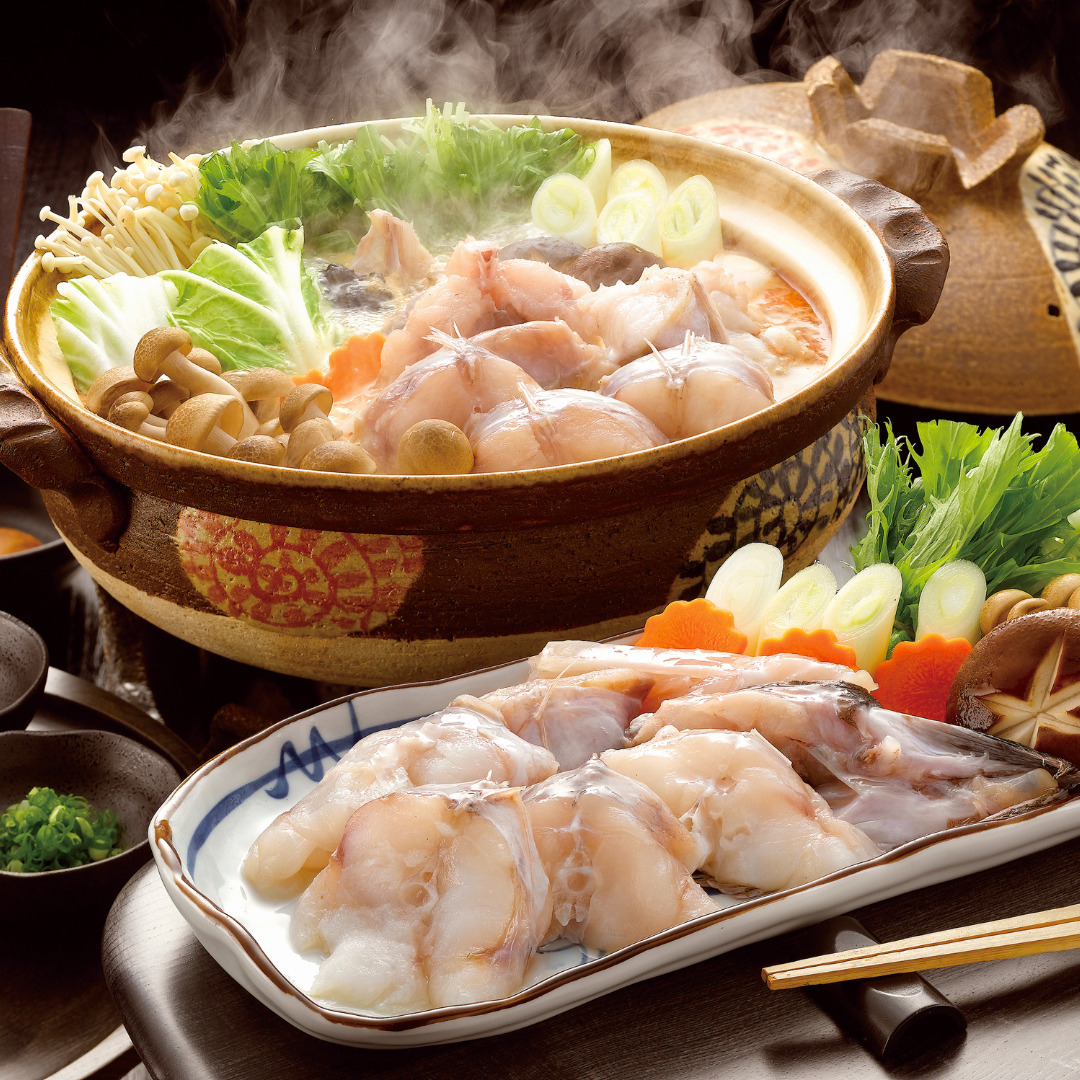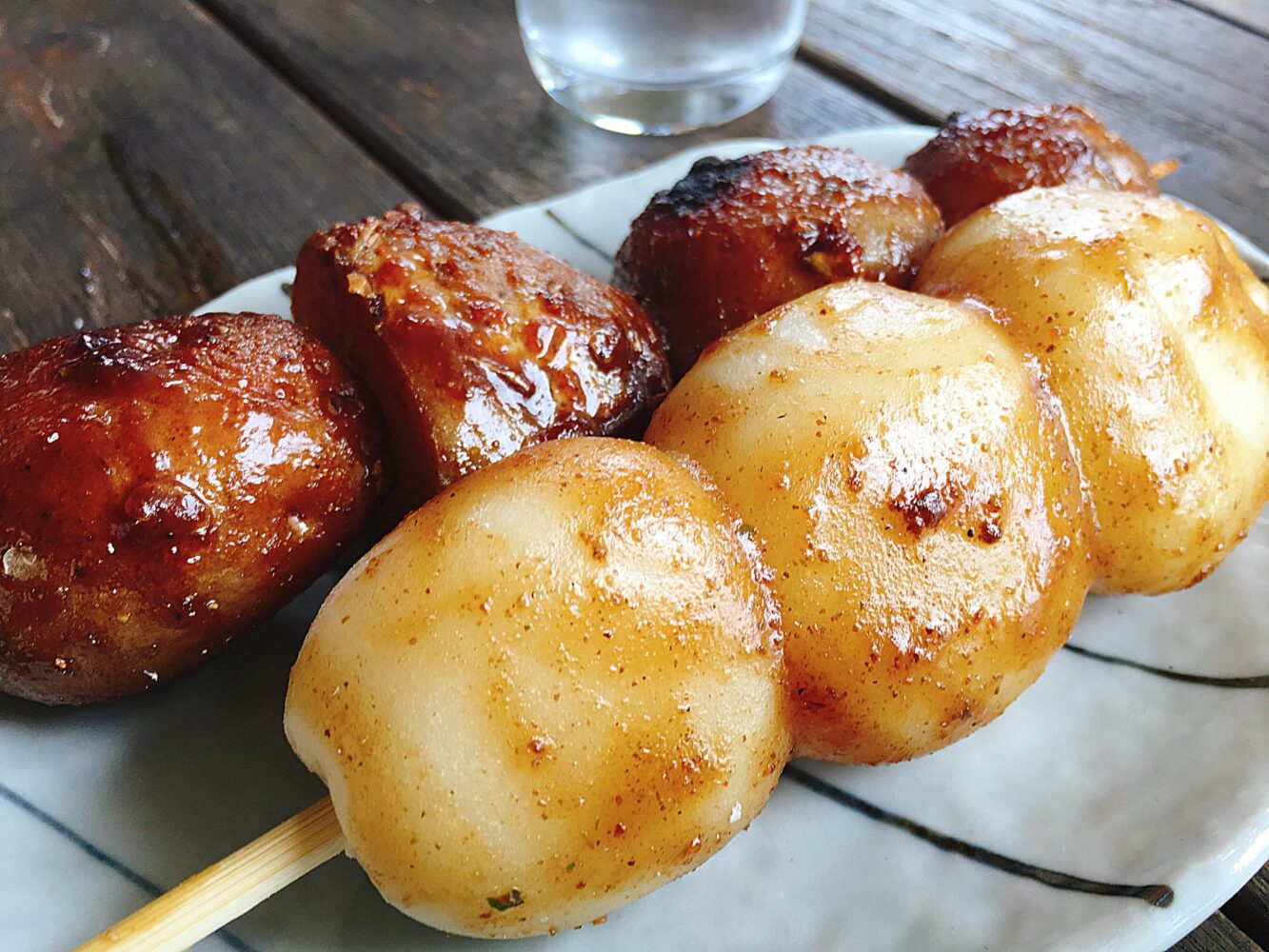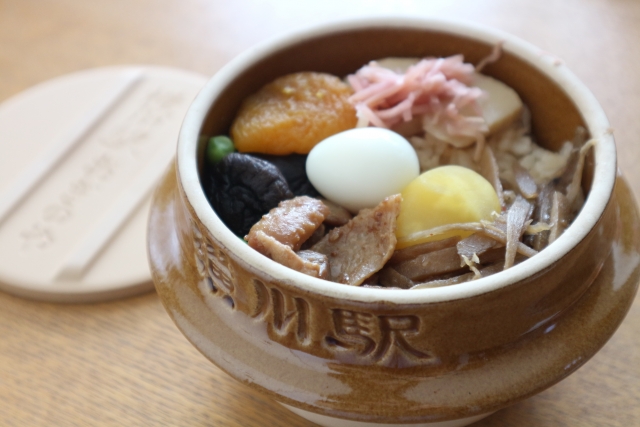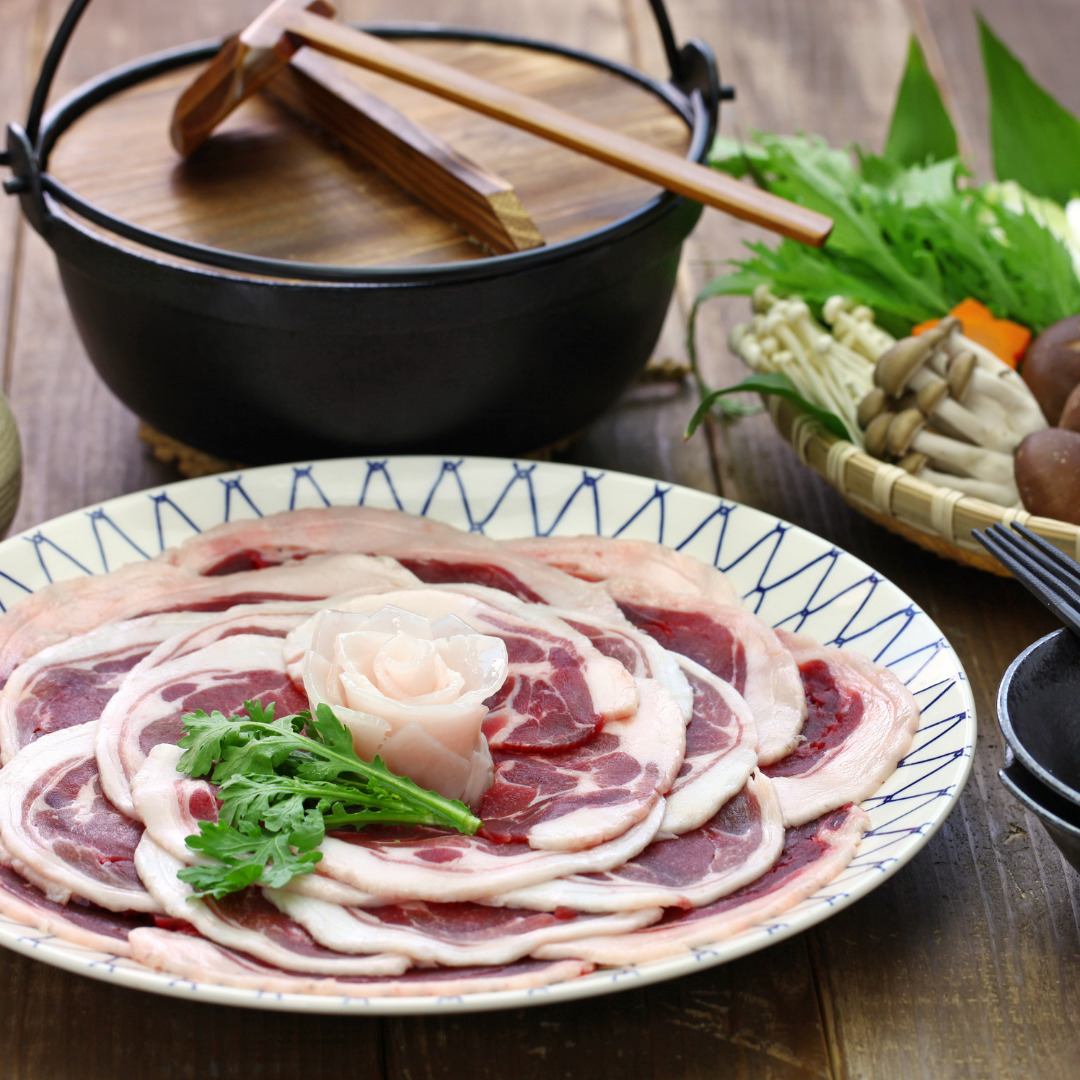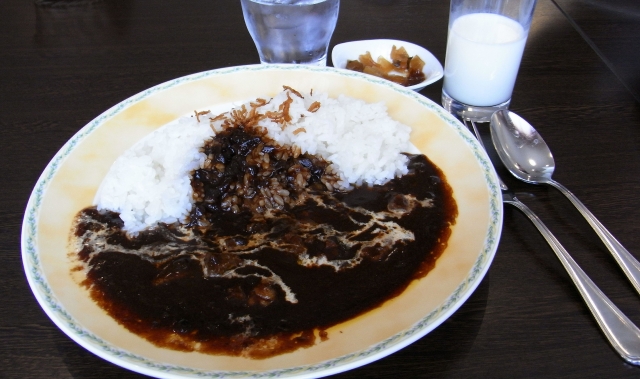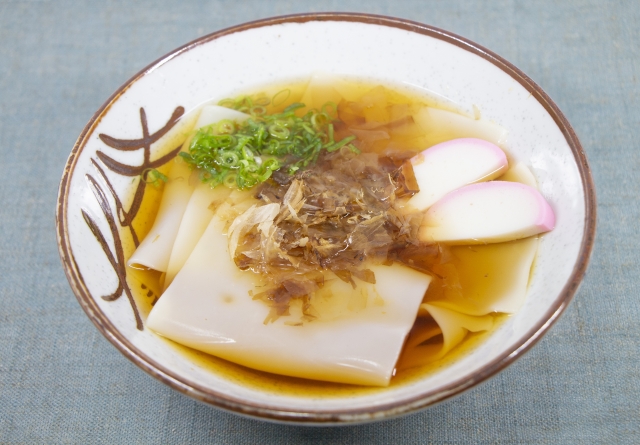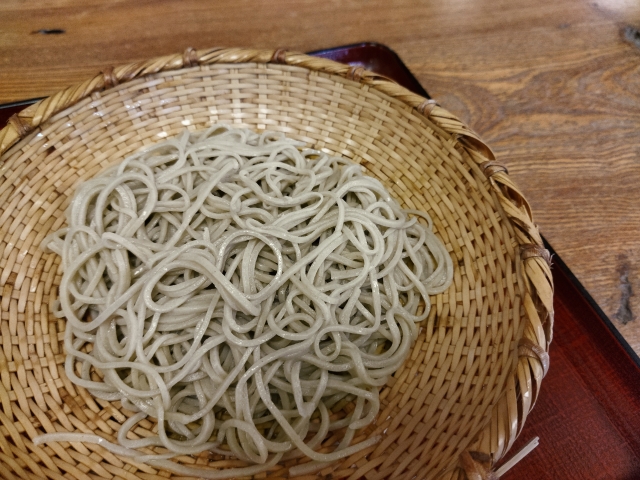30 Best local delicacies ranking (Kanto region)
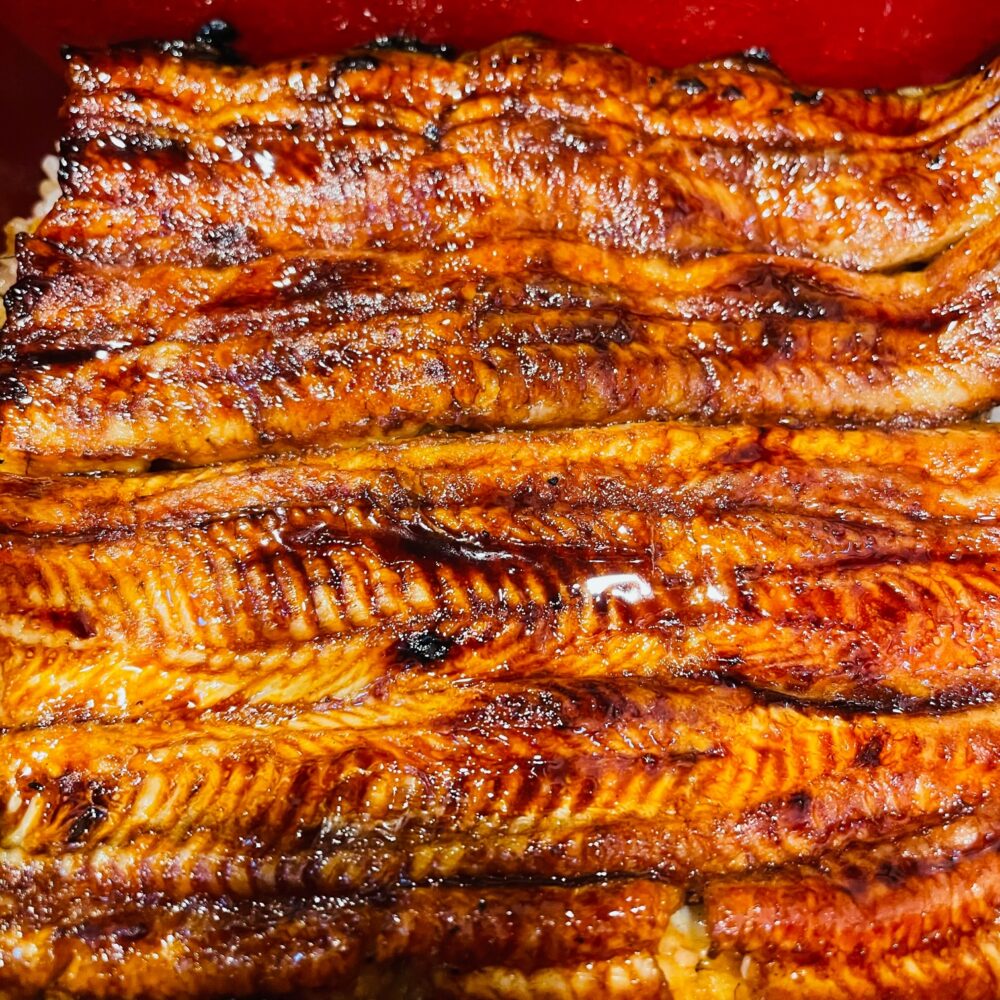
Table of Contents
1. Introduction
2. Local delicacies ranking (Kanto region)
1. Introduction
2. Local delicacies ranking (Kanto region)
1. Eel (Chiba Prefecture)
2. Abura soba (Tokyo)
3. Ie-kei-Ramen (Kanagawa Prefecture)
4. Tendon (Tokyo)
5. Teuchi soba (Handmade soba) (Gunma Prefecture)
6. Fried horse mackerel (Kanagawa Prefecture)
7. Monja-yaki (Tokyo)
8. Shirasu don(Kanagawa Prefecture)
9. Sano ramen (Tochigi Prefecture)
10. Sauce katsudon (Tochigi Prefecture)
11. Cheese hamburg (Kanagawa Prefecture)
12. Utsunomiya gyoza (Tochigi Prefecture)
13. Raw shirasu don (Ibaraki Prefecture)
14. Dried sweet potato (Ibaraki Prefecture)
15. Namero (Chiba Prefecture)
16. Edo-style sushi (Tokyo)
17. Chanko nabe (Tokyo)
18. Mizusawa udon (Gunma Prefecture)
19. Hachioji ramen (Tokyo)
20. Anko nabe (Ibaraki Prefecture)
21. Stamina ramen (Ibaraki Prefecture)
22. Yaki manju (Gunma Prefecture)
23. Toge no kamameshi (Gunma Prefecture)
24. Prawn ramen (Kanagawa Prefecture)
25. Botan nabe (Saitama Prefecture)
26. Yokosuka Navy Curry (Kanagawa Prefecture)
27. Himokawa udon (Gunma Prefecture)
28. Jindaiji soba (Tokyo)
29. Gyu nabe (Kanagawa Prefecture)
30. Cheat (Pig’s stomach) (Kanagawa Prefecture)
1. Eel
Prefectures : Chiba Prefecture
|
2. Abura soba
Prefectures : Tokyo
|
3. Ie-kei-Ramen
Prefectures : Kanagawa Prefecture
|
4. Tendon
Prefectures : Tokyo
|
5. Teuchi soba (Handmade soba)
Prefectures : Gunma Prefecture |
6. Fried horse mackerel
Prefectures : Kanagawa Prefecture
|
7. Monja-yaki
Prefectures : Tokyo
|
8. Shirasu don
Prefectures : Kanagawa Prefecture
|
9. Sano ramen
Prefectures : Tochigi Prefecture
|
10. Sauce katsudon
Prefectures : Tochigi Prefecture
|
11. Cheese hamburg
Prefectures : Kanagawa Prefecture
|
12. Utsunomiya gyoza
Prefectures : Tochigi Prefecture
|
13. Raw shirasu don
Prefectures : Ibaraki Prefecture
|
14. Dried sweet potato
Prefectures : Ibaraki Prefecture
|
15. Namero
Prefectures : Chiba Prefecture
|
16. Edo-style sushi
Prefectures : Tokyo
|
17. Chanko nabe
Prefectures : Tokyo
|
18. Mizusawa udon
Prefectures : Gunma Prefecture
|
19. Hachioji ramen
Prefectures : Tokyo
|
20. Anko nabe
Prefectures : Ibaraki Prefecture
|
21. Stamina ramen
Prefectures : Ibaraki Prefecture |
22. Yaki manju
Prefectures : Gunma Prefecture
|
23. Toge no kamameshi
Prefectures : Gunma Prefecture
|
24. Prawn ramen
Prefectures : Kanagawa Prefecture |
25.Botan nabe
Prefectures : Saitama Prefecture
|
26. Yokosuka Navy Curry
Prefectures : Kanagawa Prefecture
|
27. Himokawa udon
Prefectures : Gunma Prefecture
|
28. Jindaiji soba
Prefectures : Tokyo
|
29. Gyu nabe
Prefectures : Kanagawa Prefecture
|
30. Cheat (Pig’s stomach)
Prefectures : Kanagawa Prefecture |
目錄
1、說明簡介
2、地方美食人氣排名(關東)
1、鰻魚(千葉縣)
2、日式油麵(東京)
3、家系拉麵(神奈川縣)
4、天丼(東京)
5、手打蕎麥麵(群馬縣)
6、炸竹莢魚(神奈川縣)
7、文字燒(東京)
8、吻仔魚丼(神奈川縣)
9、佐野拉麵(栃木縣)
10、醬汁炸豬排丼(栃木縣)
11、起司漢堡肉排(神奈川縣)
12、宇都宮餃子(栃木縣)
13、生吻仔魚丼(茨城縣)
14、地瓜乾(茨城縣)
15、味噌生魚碎(千葉縣)
16、江戶前壽司(東京)
17、相撲火鍋(東京)
18、水澤烏龍麵(群馬縣)
19、八王子拉麵(東京)
20、鮟鱇魚鍋(茨城縣)
21、精力拉麵(茨城縣)
22、烤饅頭(群馬縣)
23、釜鍋便當(群馬縣)
24、海老拉麵(神奈川縣)
25、牡丹鍋(埼玉縣)
26、橫須賀海軍咖哩(神奈川縣)
27、極寬烏龍麵(群馬縣)
28、深大寺蕎麥麵(東京)
29、牛鍋(神奈川縣)
30、豬肚(神奈川縣)
1、鰻魚
都道府縣 : 千葉縣
|
2、日式油麵
都道府縣 : 東京都
|
3、家系拉麵
都道府縣 : 神奈川縣
|
4、天丼
都道府縣 : 東京都
|
5、手打蕎麥麵
都道府縣 : 群馬縣 |
6、炸竹莢魚
都道府縣 : 神奈川縣
|
7、文字燒
都道府縣 : 東京都
|
8、吻仔魚丼
都道府縣 : 神奈川縣
|
9、佐野拉麵
都道府縣 : 栃木縣
|
10、醬汁炸豬排丼
都道府縣 : 栃木縣
|
11、起司漢堡肉排
都道府縣 : 神奈川縣
|
12、宇都宮餃子
都道府縣 : 栃木縣
|
13、生吻仔魚丼
都道府縣 : 茨城縣
|
14、地瓜乾
都道府縣 : 茨城縣
|
15、味噌生魚碎
都道府縣 : 千葉縣
|
16、江戶前壽司
都道府縣 : 東京都
|
17、相撲火鍋
都道府縣 : 東京都
|
18、水澤烏龍麵
都道府縣 : 群馬縣
|
19、八王子拉麵
都道府縣 : 東京都
|
20、鮟鱇魚鍋
都道府縣 : 茨城縣
|
21、精力拉麵
都道府縣 : 茨城縣 |
22、烤饅頭
都道府縣 : 群馬縣
|
23、釜鍋便當
都道府縣 : 群馬縣
|
24、海老拉麵
都道府縣 : 神奈川縣 |
25、牡丹鍋
都道府縣 : 埼玉縣
|
26、橫須賀海軍咖哩
都道府縣 : 神奈川縣
|
27、極寬烏龍麵
都道府縣 : 群馬縣
|
28、深大寺蕎麥麵
都道府縣 : 東京都
|
29、牛鍋
都道府縣 : 神奈川縣
|
30、豬肚
都道府縣 : 神奈川縣 |

